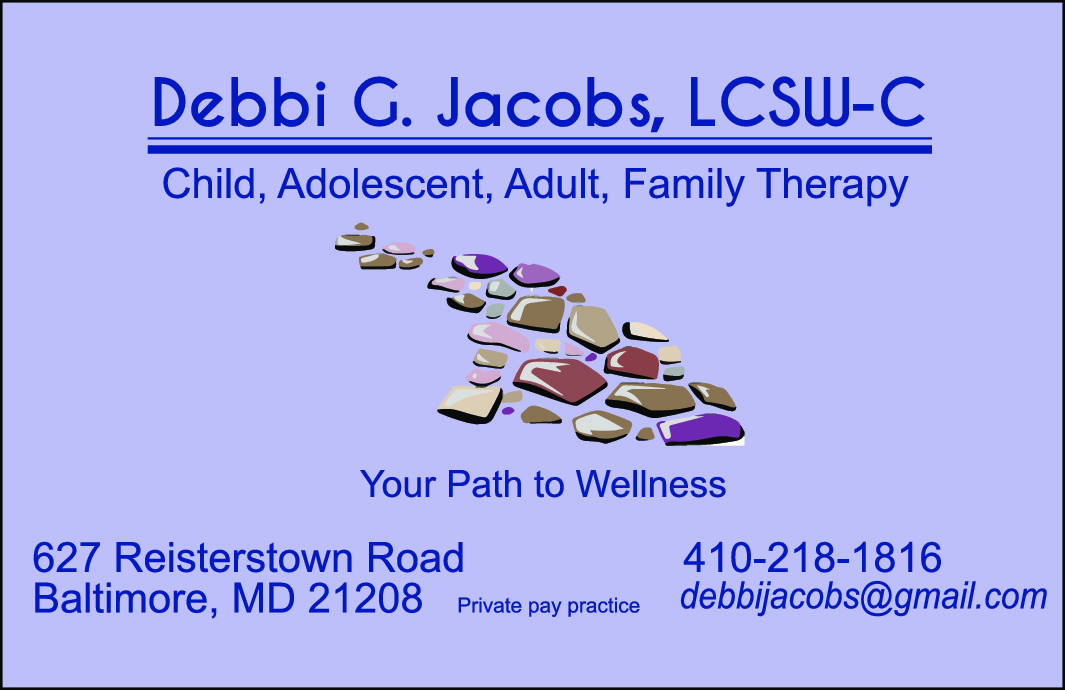This is what happens when you plant a seed....
One Friday
night, my husband went to his regular minyan.
His friend, an occupational therapist who had recently returned from
volunteering at ADI Negev, told my husband that the facility could really
benefit from occupational and physical therapy volunteers. The seed was planted,
and I was excited at the opportunity to volunteer my occupational therapy
skills. ?
ADI Negev
is an all-encompassing rehabilitation village in Ofakim in southern Israel. The
rehab village includes an emergency room; inpatient hospital; therapy units for
neurology, orthopedics and geriatrics; hydrotherapy; and outpatient therapy.
There are subsidized apartments for staff and their families. I stayed in an
apartment for female volunteers. ??
Since
October 7th, ADI Negev has been fortunate to have
welcomed over 100 volunteer therapists. I was particularly honored to meet?an
occupational therapy volunteer from England. This volunteer?is not Jewish, but
when October 7th occurred, she immediately came to Israel
to volunteer and ended up staying for three months. As she told me, her
grandfather saved many Jews during World War II and taught his family to help
Jews in any way they could. ?
My two
weeks of volunteering also overlapped with that of a physical therapist from
Passaic, New Jersey. She treated several wounded soldiers with wounds and scar
tissue damage. She shared a story: She noticed a new cake in the physiotherapy
gym every day. She asked the regular therapists, “Why is there always cake
here?” They responded, “In Israel, we live each day to its fullest because you
never know what will happen the next day!”?
During my
first day in ADI Negev, I worked on the geriatric unit with the elderly
population. For the rest of my two-week stay, I worked with the neurology and
orthopedic populations. Most of the patients I treated were diagnosed with
cerebro-vascular accident (CVA), commonly known as a stroke, with right- or
left-sided weakness or hip fractures. Many of the patients came from nearby areas,
including Beer Sheva, Ofakim, the Jordan Valley, Ashdod, and Sderot, with some
living on a kibbutz or moshav. My patients’ ethnicity included Jewish, Arab,
French, Russian, and Ukrainian. The Israeli Arabs had regular Hebrew names,
such as Dina and Miriam. I even treated a patient named Suzann, which
apparently is an Arabic name as well. ?
Besides
mostly treating patients with a recent history of hip fractures or stroke, I
also treated a woman with several fractures from a motor vehicle accident in
which her husband was killed; a 19-year-old girl from the North with a brachial
plexus injury; a woman with Downs Syndrome, who impressed me with her
intelligence and excitement for riding the therapy stationery bike; a truck
driver with rotator cuff injuries who thrived on exercise and still plays in a
soccer league; and an engineer who lectures at Ben Gurion University. One
highlight was a female patient named Esther. She gave me a five-minute bracha, thanking me for my kind heart
and blessing me, my husband, and my children. A male patient whom I never
treated thanked me for volunteering. It was a common sight to see one or two
family members accompany their loved ones to the therapy gym. During Esther’s
first day of therapy with me, both her granddaughter and her grandson from the
IDF attended our treatment session.?
When I say
that the people I met in this Israeli rehab village are resilient, it is an
understatement. Here’s an example: I instructed patients to perform a specific
therapeutic activity, such as arm exercises,?coordination activities, or an
instrumental activity of daily living, such as cooking, cleaning, or laundry.
They finished the task and looked for more to do. ?
My most
frequently used Hebrew phrase was “l’at, l’at,” meaning
“slow down.” The patients were very patient with my constant referring to
Google Translate. Then they would immediately respond before I got the chance
to record their responses!?
I
introduced myself to the patients with “I am Suzann from America. I know little
Hebrew” (so they wouldn’t be surprised). And they frequently responded, “I know
little English.” When they asked me where I live, only one patient had heard of
Maryland. So I would answer, “I live in Maryland, near Washington D.C. and
President Trump.” Then they showed recognition!?
On the last
day of volunteering, the director of occupational therapy and her team met with
me, eager to hear my feedback on my experience at the facility. They then
thanked me for volunteering, hugged me, and presented me with an ADI
Negev-branded tote bag, hat, and water bottle. ?
A Visit
to the Nova Festival Site?
The day before I
left ADI Negev, one of the regular occupational therapists graciously drove me
to see the Nova Festival site, only a 12-minute drive. With tears flowing, I saw one
memorial after another of young Israelis full of life and joy. There were four
tour buses there, their passengers all Hebrew-speaking. From afar, I saw a
group of Jews swaying with their arms wrapped around each other, singing “Acheinu,” a very
poignant moment, indeed. There is a memorial to police officers who came to
save lives that day. There is also a bar, set up with wine and beer bottles, to
depict the actual festival bar on that fateful day. Additionally, one of the
large yellow dumpsters, where young adults hid together for six hours, had
memorials posted on them for those who hid inside, with QR codes for English
translation.?I was particularly emotional when seeing the memorial for Hersh
Goldberg-Polin and his friend Aner Shapira, who bravely threw grenades out of a
shelter, risking his own life. I also saw “kidnapped’ signs, including one for
Omer Shem Tov. And on Saturday of that week, I was ecstatic to find out that he
was released from captivity. I hope and pray for more miracles, peace, and
blessings in Israel.
Am Yisrael Chai!?
?






